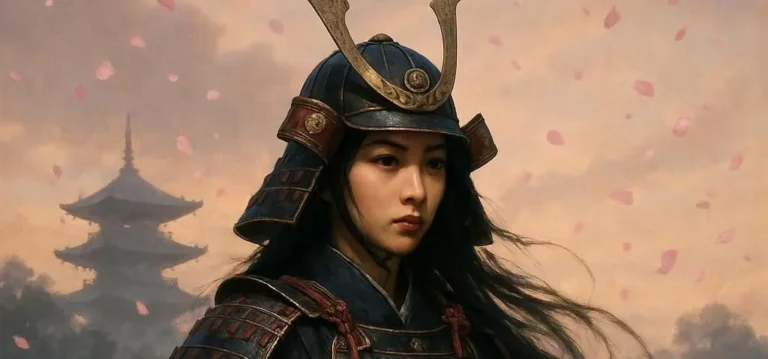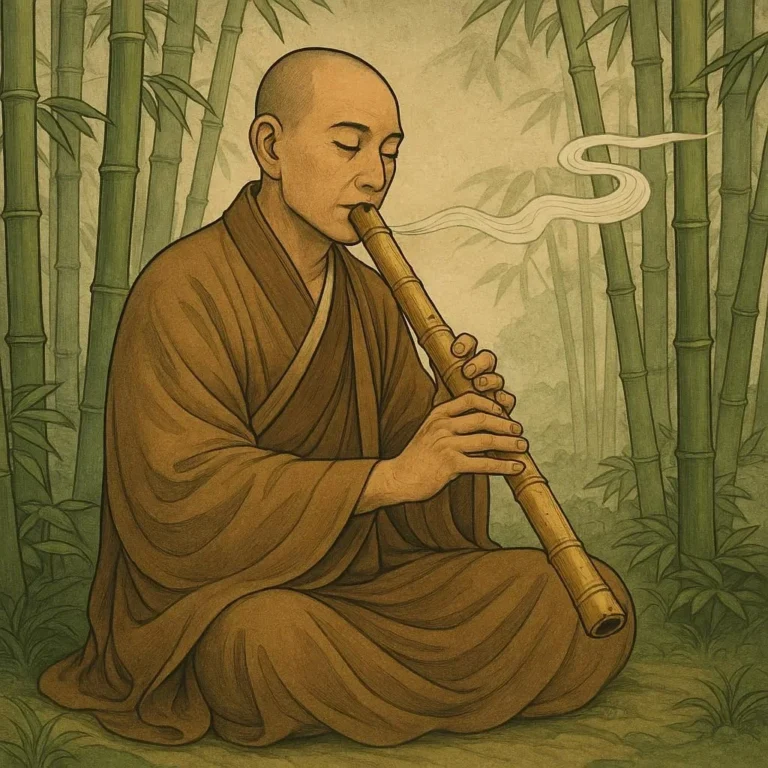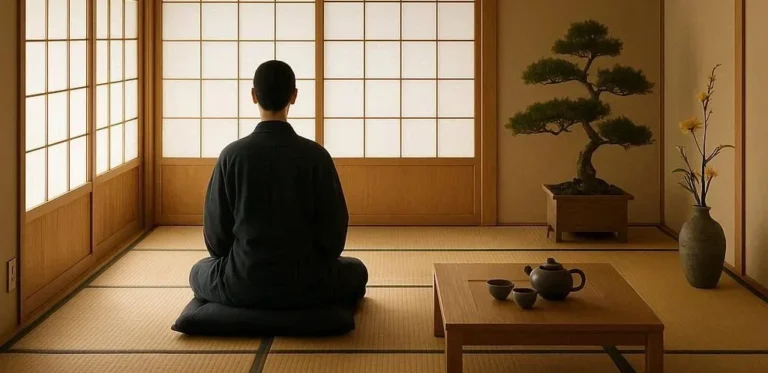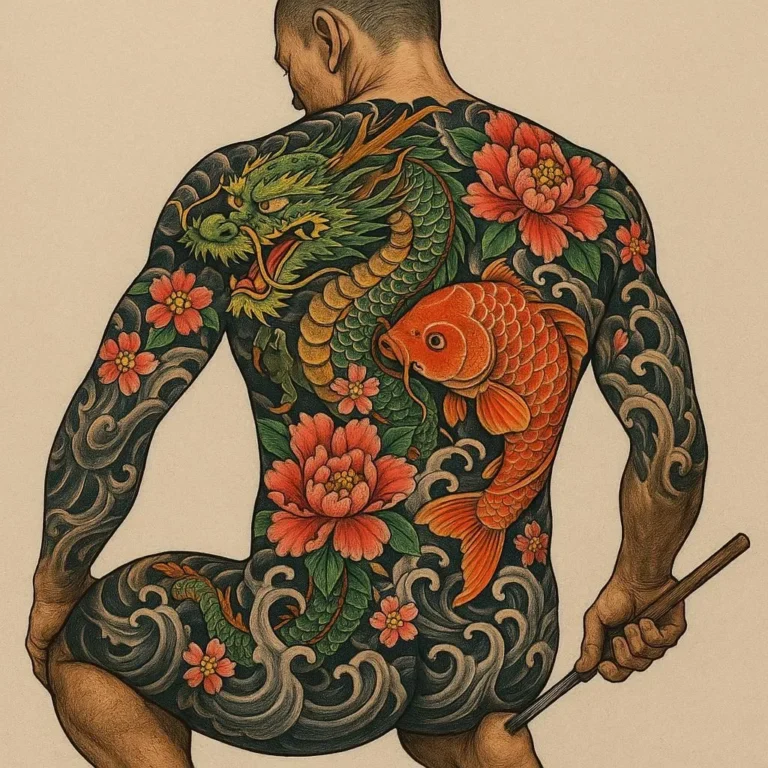508 views The Deep Roots of the Japanese Tea Ceremony
The Japanese Tea Ceremony, known as Chanoyu, Sado or Ocha, is a profound tradition that transcends mere ritual, embodying the spirit of Japanese culture. This traditional ritual is not just about drinking tea; it is an art form rich in history and spirituality, deeply rooted in Zen Buddhism. The ceremony is conducted in a specially designed room with tatami mats, emphasizing simplicity and a connection to nature.
Historical Roots
The origins of the Japanese Tea Ceremony trace back to the 9th century when Buddhism and tea were introduced from China. However, it wasn’t until the 16th century, under the influence of the tea master Sen no Rikyu, that the ceremony evolved into its current form. Sen no Rikyu, along with early contributors like Eisai, a monk who brought tea seeds from China, played a crucial role in shaping this tradition. The ceremony’s development was significantly influenced by Zen Buddhism, emphasizing a spiritual journey and inner peace.
Cultural Significance
Central to the ceremony are the four principles of Covariance (Harmony), Respect, Purity, and Tranquility. These principles reflect the essence of Japanese culture, where each element, from the garden to the tea utensils, is meticulously considered. The simplicity and natural aesthetics, known as ‘wabi-sabi,’ highlight the beauty of imperfection and the fleeting nature of life. These principles not only guide the ceremony but also influence Japanese hospitality and design.
Spirituality and Philosophy
Zen Buddhism’s influence on the ceremony is profound. The process of preparing and drinking Matcha is a meditative act, fostering mindfulness and presence. The tea room, designed to create a serene atmosphere, serves as a space for spiritual retreat. The ceremony is a journey of the mind and spirit, encouraging participants to let go of worldly concerns and embrace simplicity.
Components of the Ceremony
The ceremony’s setting includes a tea room with a tokonoma (alcove) for art, a sunken hearth, and tatami floors. Essential tools like the tea scoop (Chashaku), tea bowl (Chawan), and whisk (Chasen) are selected for their beauty and craftsmanship. The preparation involves meticulous steps, emphasizing attention to detail and respect for tradition. The process is a dance of deliberate movements, each gesture meaningful and reflective of the ceremony’s philosophy.
The Role of Matcha
Matcha, powdered green tea, is central to the ceremony. Its bright color and bitter-sweet taste are appreciated for their health benefits and cultural significance. The preparation of Matcha, involving the use of a bamboo whisk, is an art form itself, requiring skill and patience. Matcha’s cultural value is deeply intertwined with the ceremony, symbolizing the unity of participants in a shared moment of purification and harmony.
Modern Relevance
In contemporary times, the Japanese Tea Ceremony remains a vital part of cultural education and heritage preservation. It is often performed at cultural festivals and special occasions, serving as a bridge to the past. Many schools include it in their curriculum, ensuring its survival. The ceremony has also influenced modern Japanese design, hospitality, and cuisine, underscoring its enduring relevance.
Conclusion
The Japanese Tea Ceremony is a testament to the enduring legacy of Sen no Rikyu and the profound influence of Zen Buddhism. It captures history, philosophy, art, and spirituality, offering a unique glimpse into Japanese culture. As a living tradition, it continues to inspire and educate, inviting participants and observers alike to experience its timeless beauty. The ceremony, in its every aspect, reflects the essence of Japan, enduring as a cherished cultural treasure.







